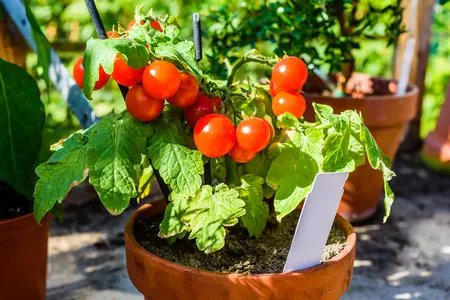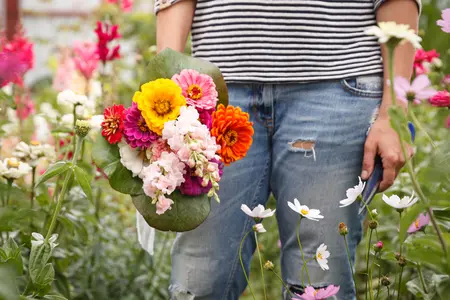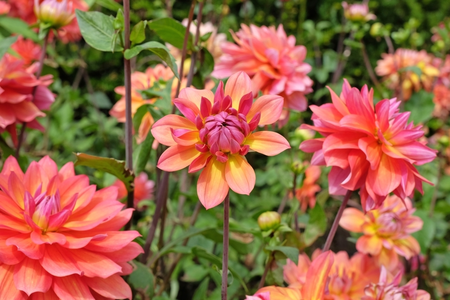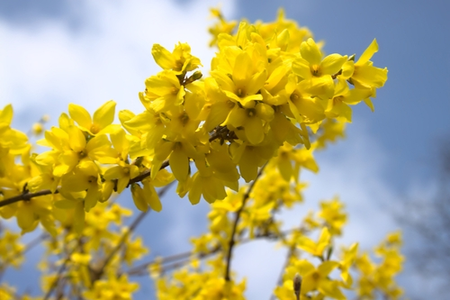
Bees are big news these days, and we all know how much we need them. But what with climate change, pesticide use, disease and loss of habitat, bees face a lot of challenges at the moment. Luckily, there are plenty of things we can do as gardeners to make life better for our bees.
Get to know your bees
Unless there’s a hive nearby, most of the bees you see in your garden probably won’t be honey bees – they’re far more likely to be bumblebees or solitary bees. Bumblebees, like honey bees, are social animals, living in colonies and making their nests in shady, dark cavities. Trees, lofts and bird boxes are all possible nest sites, and they’ve been known to nest under sheds too. The whole colony dies off in the autumn, apart from the queen who hibernates through winter and emerges in spring to lay the eggs that will become the next colony.
Solitary bees, such as red mason bees, leafcutter bees or wool carder bees, live on their own, often making nests underground or in hollow plant stems. Solitary bees are fantastic pollinators, with a single red mason bee doing the equivalent of 120 honeybees in pollination terms. In fact, most of the pollinating in our gardens is done by solitary bees and bumblebees.
Tips for bee-friendly gardens
So what’s the best way to make your garden more welcoming to bees? From growing bee-friendly plants to providing safe spots for nests, there’s plenty you can do.
Aim to have something flowering in the garden all year round to provide pollen and nectar. Double flowers may look spectacular, but their masses of petals make it difficult for bees to get to the nectar at their centres, so stick to flowers with a more open shape where possible. Adding hairy plants such as Stachys byzantina (Lamb’s ear) or Verbascum (mullein) will attract wool carder bees that use the tiny hairs to seal their nests after laying their eggs.
Let a sheltered corner of the garden grow wild to give queen bumblebees somewhere to hibernate over winter, and mow your lawn less often, giving clover and even the occasional dandelion a chance to flower – the bees will appreciate the extra food. And of course, avoid using pesticides.
Best plants for bees
Finding the best plants for bees at your local garden centre is easy – just look for the ones that are already surrounded by bees! If you’re not sure where to start, pick just one plant for each season from the list below.
Spring-flowering plants
- Daffodils
- Flowering cherry
- Pulmonaria
Summer-flowering plants
- Lavender
- Foxgloves
- Buddleja
Autumn-flowering plants
- Sedums
- Asters
- Verbena bonariensis
Winter-flowering plants
- Ivy
- Mahonia
- Hellebores
For more ideas and advice on how to make your garden more bee-friendly, come to Lakeside, where our friendly staff will be happy to answer all your gardening queries.







